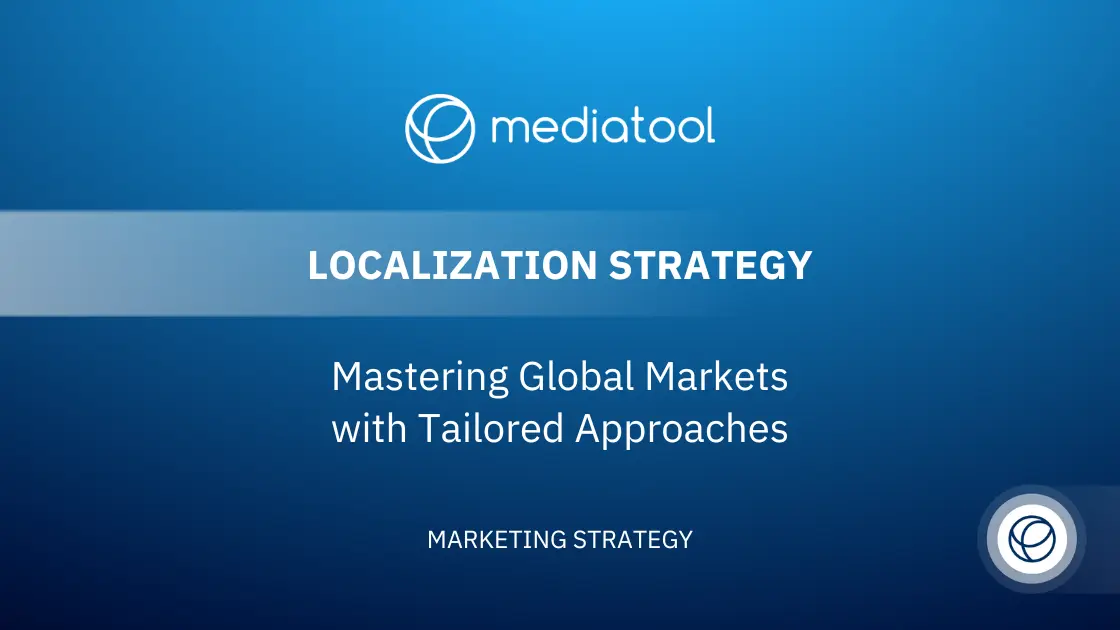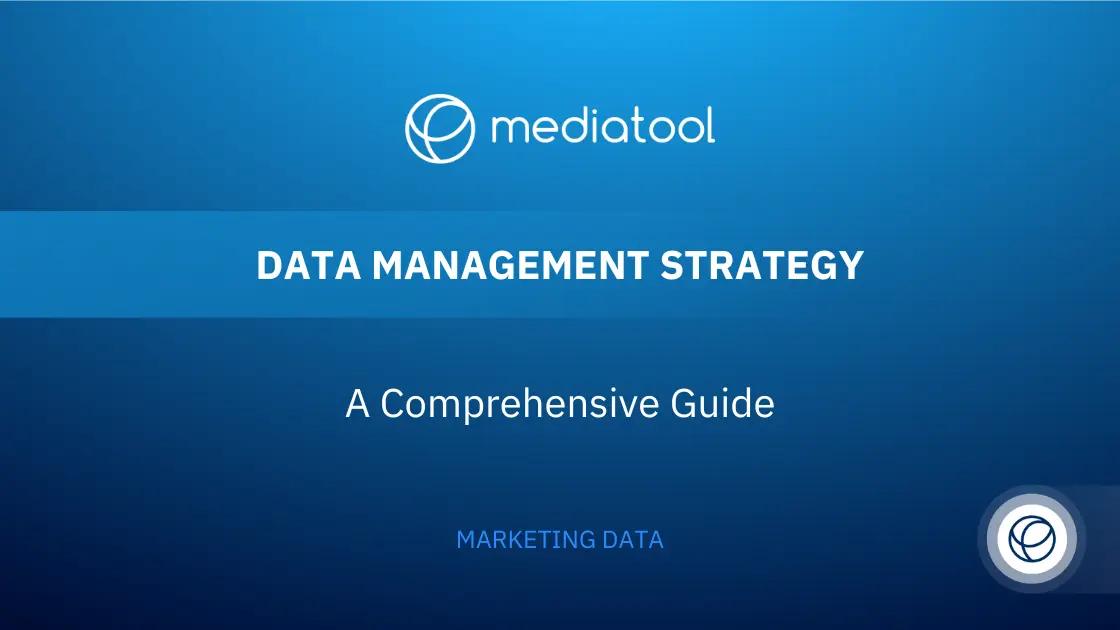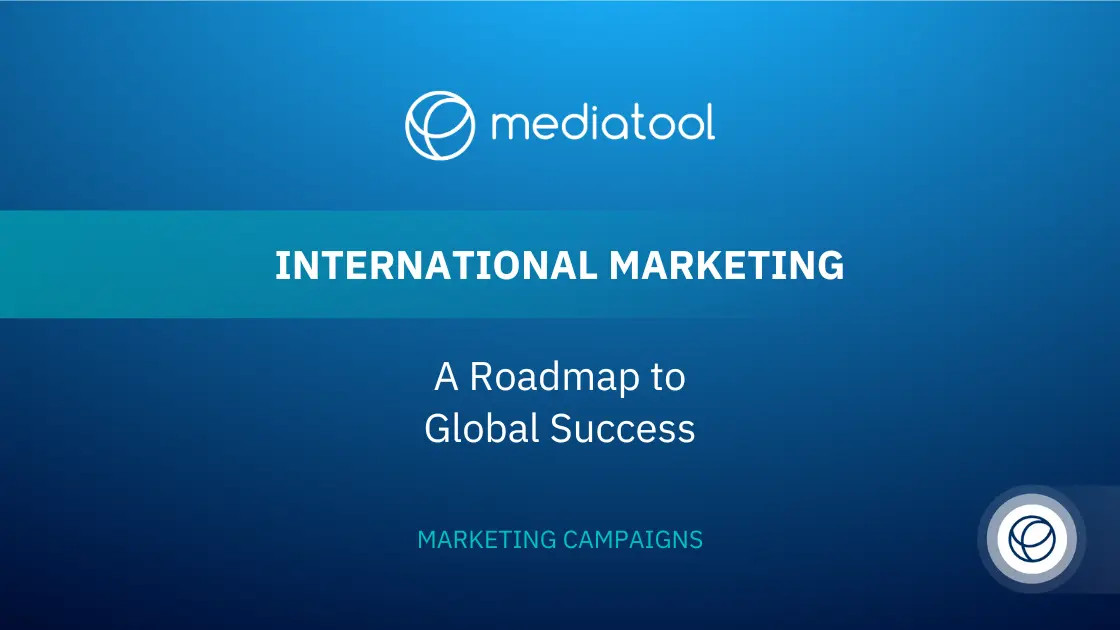There are a lot of social media KPIs out there, they differ platform to platform and how each organization uses them.
There’s also a lot of chatter around which social media metrics matter the most.
But to answer this question you first need to understand which social media KPIs to set to help you reach your marketing goals.
Every marketing team has different goals and measurements of success. Therefore, your social media goals should be tailored to your specific organization.
When planning how you’ll implement your marketing strategy, we always recommend our clients create a strategic planning dashboard.
By doing so, you can set numerical targets against timelines, for specific campaigns and keep them where your whole team can see.
For example when setting social media KPIs, you might create a social media dashboard, split into organic and paid, then split into campaign level.
By organizing your plans this way, you can easily understand how effective your social media strategy is and how it’s contributing to your wider business objectives.
What Are Social Media KPIs?
Businesses need a social media strategy. And social media metrics should help you determine the performance and ROI of your strategy. To do this properly you must ensure you’re tracking the right KPIs – and spoiler alert, we’re not just talking followers or likes!
Social media KPIs (key performance indicators) outline the purpose of your social media marketing efforts. Setting SMART KPIs will help you keep on track and reach your overall marketing objectives. Regardless of your social media goals, ultimately your KPIs should focus on driving traffic to your site and increasing sales.
Let’s say you work for an ecommerce brand, such as a clothes retailer. This quarter, your main marketing goal is to sell more clothes from the spring/summer collection. Social media is becoming extremely ecommerce focused. So, to set your social media KPIs, you need to choose what percentage of online sales you want to come from social media, and what metrics you’ll use to measure success. In order to do this, you need to think about:
- How your social channels will help you reach the right target audience
- Are you engaging your ideal buyer or qualified leads?
- How many of your social media followers convert from cold to warm, to hot leads?
- How many turn into customers?
While there are arguments for follower count improving brand awareness, if followers aren’t converting to customers the numbers are just vanity metrics. A lot of businesses think they must buy followers or grow a large following quickly to appear legitimate. But if your following is full of spam and you have a lot of followers with low engagement on posts, it’s obvious to users and can actually have the opposite effect.
Instead, the areas you should focus your Social Media KPIs around are:
- Reach
- Engagement
- Leads/Conversions
Keep reading as we explain how!
Social Media KPI #1: Reach
Reach is one of the oldest marketing metrics, and while we wouldn’t recommend it be your main focus, it’s still important for measuring your success on social. Put simply, reach refers to the number of people that have seen your content. If your aim is to scale your social campaigns and own a bigger market share against your competitors, reach can help you monitor how you’re pacing to reach that goal.
To measure reach, track KPIs like:
Impressions
Impressions tell you how many times your post was seen. This can include the same person seeing the post multiple times, but also can give you an idea of what content resonates with your target audience.
Engaging content such as giveaways and user-generated content tend to reach more people. Reviewing impressions for individual posts can help you improve your content strategy.
The KPI for impressions may look like: Increase impressions on Instagram by 15% each quarter.
Cost per impression
Whether it’s for organic or paid social, cost per impression is an important metric to measure to find your social media return on investment (ROI). While mainly used for paid social campaigns (for example with CPM – cost per thousand impressions), if measuring organic CPM you can work out the cost by working out the sum of salaries, overheads, platform costs, agency/outsourcing fees and time spent by employees or external partners.
Website traffic
It’s all well and good people viewing your posts, but what percentage of those are turning into website visitors? If your impressions are high and web traffic low, maybe you aren’t reaching your ideal target audience. This is why it’s good to measure both in conjunction with each other.
The KPI for website traffic may look like: Increase individual website sessions by 5% each month.
You can easily identify this in Mediatool by integrating your social accounts and Google Analytics data and viewing source data side by side, next to your KPIs. This way you can spot when to tweak your plans if you aren’t on target to reach your KPIs.
Social Media KPI #2: Engagement
Arguably more important than reach or impressions, engagement should be one of your core KPIs for measuring your social media marketing efforts. Engagement refers to the amount of people who have engaged with – or taken action on – your posts, by clicking, liking, commenting and so on. Having an engaged audience means you’re reaching the right target market. If your following or impressions are high but engagement is low, chances are you aren’t reaching your desired audience. Or your content isn’t resonating with them.
Engagement is also important when it comes to social media strategy as each platform has its own algorithm. If your engagement is high the algorithms think your post is more relevant and helpful and therefore will show it to more users that fit a similar mould. And if that’s your target audience, then you’re onto a winner!
To measure engagement, track KPIs like:
Likes and Comments
It’s obvious but the more likes your content gets, the better your posts.
An even better metric is comments as they hold more weight as a person has to put more effort into their engagement than simply liking and carrying on scrolling. The whole purpose of social media is to be social so if your posts receive more comments and generate conversations then that is a sign your strategy is working.
Shares and saves
Engagement metrics that are really important to measure are shares and saves. If someone likes or agrees with your post so much that they want to share it with others, they are highly engaged and they’re promoting you to their communities too. To increase shares, tap into your target audience’s interests and values to create content that they’re happy to share as a reflection of their own opinion/person.
Likewise with saves, users who save posts indicate that they’ve found them highly valuable and want to come back to them later on. To encourage saves, think of value added, educational content that they will want to come back to time and time again.
Brand mentions and Social Listening
Brand mentions are brand tags and show you discussions people are having about your brand. If the discussion surrounding the mentions is negative, for example about a specific product, it gives you further opportunity to fix issues and improve the customer experience.
This is a helpful metric to measure as not only can it put out potential fires before they’ve started, it shows that you’re maintaining top-of-mind brand awareness.
The best way to set a KPI for engagement is to measure your social media engagement rate for each platform. There are some different ways to do this, which Hootsuite has outlined here. We’d recommend picking one and sticking with it across the board.
Social Media KPI #3: Leads
It’s all well and good building communities on social media and like we said it can be brilliant for building brand awareness. But what about when it comes to the next stage of the funnel?
The reason your brand is doing any social media marketing is to reach new customers. So while the above are important, lead generation is where you should really focus your efforts. How many of those engaged followers actually want to buy from your company. Some companies with small followings may make more money from social media than those will millions.
You need to plan how you’ll move users from social media through your marketing funnel, to become customers. Social media is a great tool to convert cold leads into warm leads and to eventually generate loyal fans. This is also highly dependent on the type of company you are and type of products. For example, B2B deals take longer to close, whereas for an ecommerce B2C brand, social media might be one of the best ways you generate leads.
To measure leads, set social media KPIs like: Improve the customer journey by reducing the bounce rate from social media channels by 20%.
Merge your KPIs and social media tracking into one dashboard
In order to track if you’re reaching your KPIs and areas of improvement, you need visibility of your results and your targets in one dashboard. And Mediatool helps you do just that. By aggregating it into one platform, your whole team can see how close you are to reaching your KPIs and can tweak social media campaigns accordingly.



